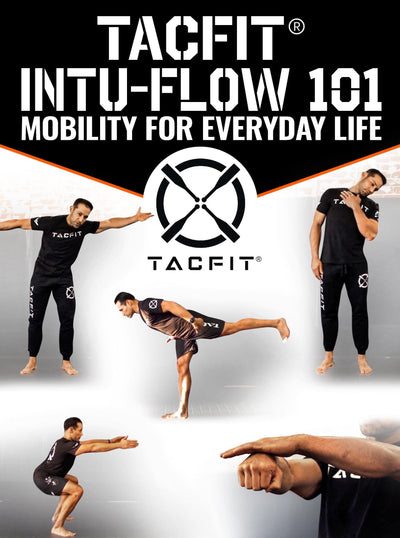Kettlebell Snatch Muscles Worked
Welcome to our comprehensive blog that delves into the world of kettlebell training, specifically focusing on the kettlebell snatch exercise. In this guide, we will explore the muscles worked during the kettlebell snatch, shedding light on the full-body engagement and transformative benefits of this dynamic movement. Whether you're a beginner or an experienced fitness enthusiast, understanding the muscles targeted by the kettlebell snatch will help you optimize your training and unlock your full potential. Let's dive in!
The Full-Body Powerhouse: Muscles Engaged During the Kettlebell Snatch
Hip Extensors (Glutes and Hamstrings)
The kettlebell snatch relies heavily on the explosive power generated by the hip extensor muscles, primarily the glutes and hamstrings. As you extend your hips forcefully, these muscles initiate the movement, propelling the kettlebell upward. The dynamic engagement of the hip extensors not only contributes to the upward momentum but also enhances overall lower-body strength and power.
Quadriceps
Located at the front of the thigh, the quadriceps muscles play a supportive role during the kettlebell snatch. As you extend your hips, the quadriceps help extend the knees, further amplifying the power generated from the lower body. Strong quadriceps provide stability and assist in generating force, enhancing the efficiency and effectiveness of the snatch movement.
Core Muscles (Abdominals and Lower Back)
The core muscles, including the abdominals and lower back, serve as stabilizers and play a crucial role in maintaining proper form and alignment throughout the kettlebell snatch. These muscles provide a solid foundation and transfer power from the lower body to the upper body, ensuring efficient force transmission and protecting the spine. A strong core not only improves snatch performance but also enhances overall functional strength and stability.
Shoulders (Deltoids)
The deltoid muscles of the shoulders are heavily engaged during the kettlebell snatch. They contribute to the upward pull of the kettlebell and assist in stabilizing the weight overhead. The dynamic nature of the snatch movement places significant demands on the deltoids, promoting shoulder strength, stability, and muscular development.
Forearms and Grip Strength
Maintaining a firm grip on the kettlebell throughout the snatch exercise challenges the muscles of the forearm and enhances grip strength. As you perform multiple repetitions, your forearms are continuously engaged to control the kettlebell's movement and prevent it from slipping out of your grasp. Improved forearm strength and grip endurance acquired through the snatch can have significant carryover benefits to various daily activities and other fitness pursuits.
Cardiovascular System
The kettlebell snatch is a high-intensity exercise that elevates your heart rate, making it an excellent cardiovascular conditioning tool. By engaging large muscle groups and demanding substantial effort, the snatch contributes to improved cardiovascular endurance and overall aerobic capacity.
The kettlebell snatch is a full-body exercise that engages multiple muscle groups simultaneously, offering a comprehensive workout that develops strength, power, and cardiovascular fitness. By understanding the key muscles worked during the kettlebell snatch, you can tailor your training and focus on specific areas for improvement. In addition to the kettlebell snatch complementary exercises such as double kettlebell snatch, kettlebell half snatch, kettlebell clean and snatch can greatly improve your results. Remember to prioritize proper form, gradually increase the intensity and weight, and listen to your body to prevent injury and ensure long-term progress. Embrace the transformative potential of the kettlebell snatch, and enjoy the benefits of enhanced strength, power, and overall fitness.
Did you find the blog beneficial? If so, consider exploring our other guides.
- Renegade Rows with Kettlebells
- Kettlebell Gorilla Rows
- The Kettlebell Ballistic Row
- Bent Over Kettlebell Row
- Kettlebell Push Up with Row
- Kettlebell Inverted Row
- Kettlebell Sumo Deadlift High Pull
- Double Kettlebell Deadlift
- Banded Kettlebell Deadlift
- Kettlebell Deadlift vs Barbell
- Kettlebell Lower Back
- Kettlebell Back Fat
- Kettlebell Cross Back Lunge
- Back Squat with Kettlebells
- Single Arm Clean and Press with Kettlebell





